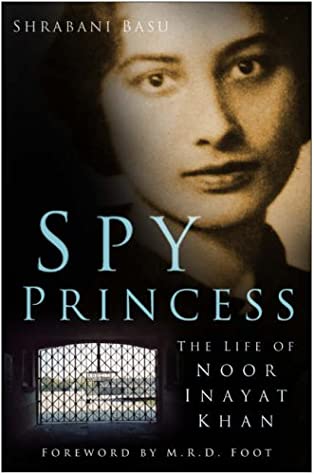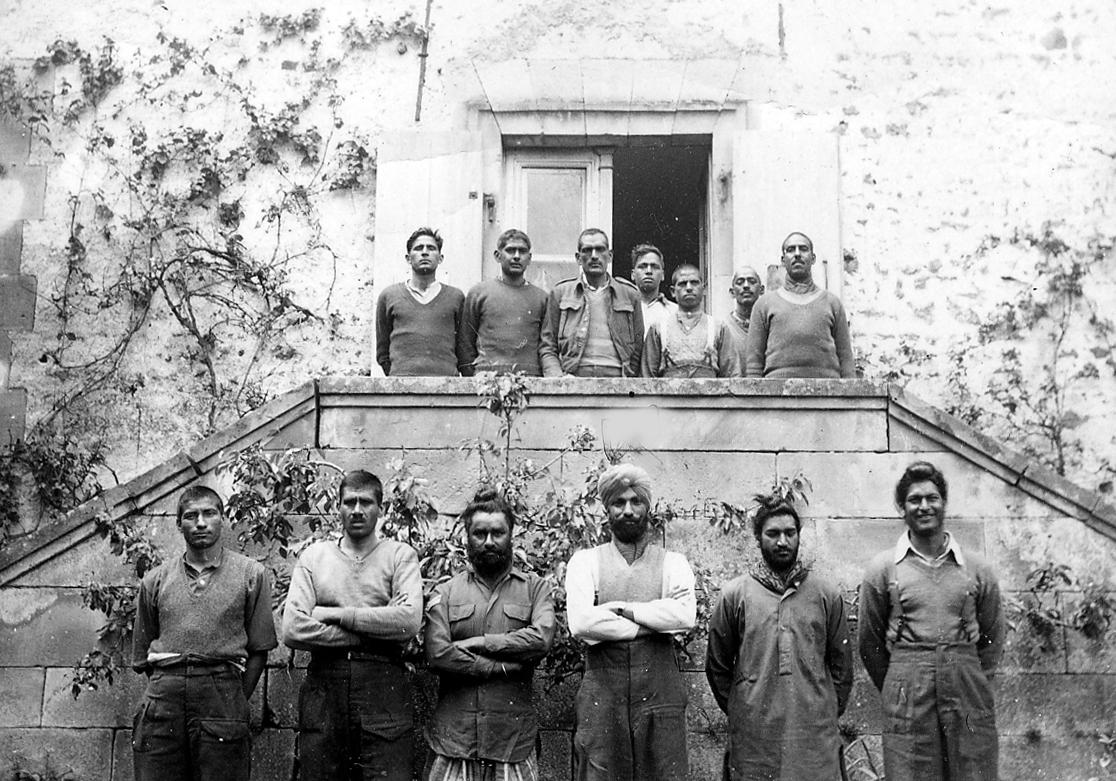Thread. Giving the V-sign to captors. Around 15,000 Indian soldiers were captured in North Africa & Italy in #WW2. They were held by the Germans and Italians for up to 5 years, and almost none of their stories are known. 1/9 

I am trying to track down relatives of these 15,000 Indian POWs. For example, in this group photo from a German camp for officers, there’s a #sikh officer in the back row. Was this your grandfather? 2/9 

In Britain in the 60s and 70s, I grew up with images like these. POW stories were a staple, always featuring white men, usually officers, upper lips stiffened, trying to escape from #Colditz and Stalag Luft III. Where were the Indians?
3/9

3/9


But there was at least one Indian at #Colditz. Birendra Nath Mazumdar was a doctor in the British Army. Captured in France in 1940 by a Panzer officer ‘looking at my colour, very politely said what are you doing here captain?’. Escaped in 1943 and made it to neutral 🇨🇭Switzerland 

Not all the Indian POWs were so lucky. There are around 500 Indian POWs buried in @CWGC cemeteries in Europe. This is Durnbach in #Bavaria, the last home of 64 Indian soldiers. 41 were reburied here, plus a memorial to 23 who were cremated
5/9


5/9



The vast majority of Indian POWs did what most prisoners did – sat and waited. Captain Anis Ahmad Khan of #ForceK6 was sustained by prayer, by playing sports, and by parcels from the Indian Comforts Fund He was held in POW camps from 25th June 1940 till 12th April 1945.
6/9

6/9


Many Indians escaped. Hardip Singh of Punjab regiment was captured at Benghazi in Libya in 1942. Spent over a year in POW camps in Italy until the Italians surrendered, when he took to the hills and joined a band of Italian partisans resisting the Germans.
Picture @I_W_M NA5892
Picture @I_W_M NA5892

Some Indian POWs joined the German army, convinced by Subhas Chandra Bose that the way to independence lay in fighting *against* the British Empire. They were posted in 🇳🇱 NL and SW 🇫🇷 France, but saw little active service.
8/9
8/9

I would love to hear from families in the UK, South Asia or elsewhere in the world who have stories to share. Stories of hardship or escape, collaboration, maybe even romance. Stories that deserve to be heard. Please get in touch از راہ کرم رابطہ کریں
कृपया संपर्क करें
9/9
कृपया संपर्क करें
9/9

Full press release here
forcek6.org.uk/2022/03/14/pre…
forcek6.org.uk/2022/03/14/pre…
Dear @MishalHusain - any chance of a retweet?
Dear @OxfordYasmin - any chance of a retweet?
Dear @adilray - any chance of a retweet?
Dear @AnasSarwar - any chance of a retweet?
• • •
Missing some Tweet in this thread? You can try to
force a refresh













